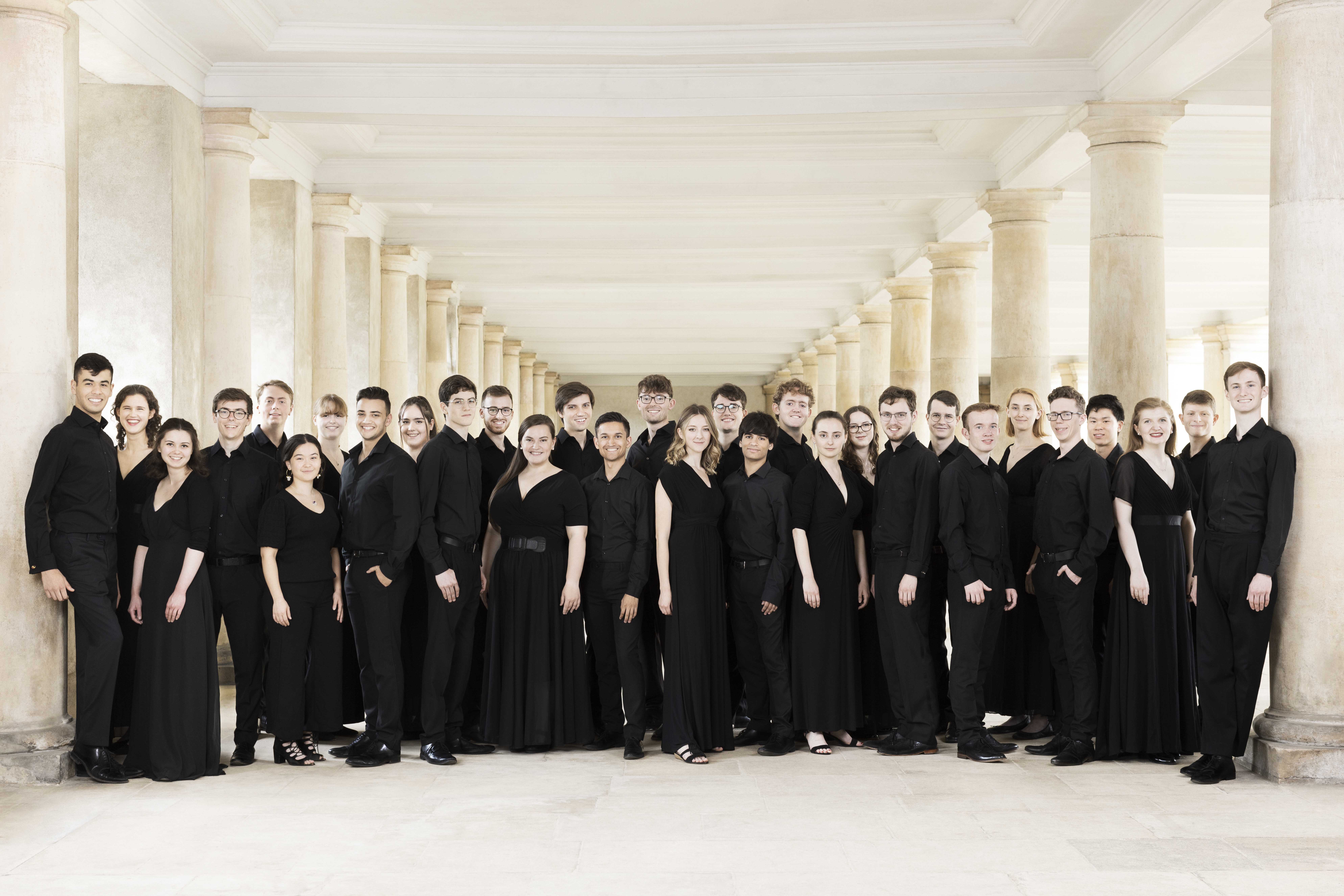Australia Tour, Aug 2010 - The Sydney Morning Herald
> See concert details...Soundtrack to a revolution shows rare beauty
On the night of June 10, 1988, more than 300,000 Estonians – more than one quarter of the population – gathered in the capital, Tallinn, to sing for their independence. The movement, which became known as the Singing Revolution, culminated in a bloodless secession from the Soviet Union in 1991.
Trinity College Choir, touring Australia for Musica Viva, gave their audiences a taste of that power when they presented a program of 20th-century Baltic music, interwoven with works of the English Renaissance. It was an inspired piece of programming, and an inspiring display of vocal craft and musicality.
The choristers, all undergraduate choral scholars at Cambridge, began their performance without director, intoning the sprung rhythm of Arvo Part’s Bogoroditse Djevo with youthful energy.
The conductor, Stephen Layton, took the podium like an eminence grise about three numbers in and gathered in the reins for a staggering rendition of the Gloria from Missa Rigensis by Ugis Praulins.
The choir sang scrambled – sopranos, altos, tenors and basses all mixed across the stage – and shared around a wide range of solos. Working out where each subtly varied voice was coming from was an intriguing challenge in itself.
Deserts of Exile from Musica Viva’s featured composer, Paul Stanhope, sat well among the repertoire, itself a partner piece to a work by Thomas Tallis. The choir grasped the rich tapestry of vocal effects with relish and insight.
The real climax of the evening was Sven-David Sandstrom’s reinvention of Henry Purcell’s Hear My Prayer, which took Purcell’s dangerous harmonies and little by little pushed them beyond breaking point, into an excruciating cry of pain. Excruciatingly beautiful.
Harriet Cunningham
